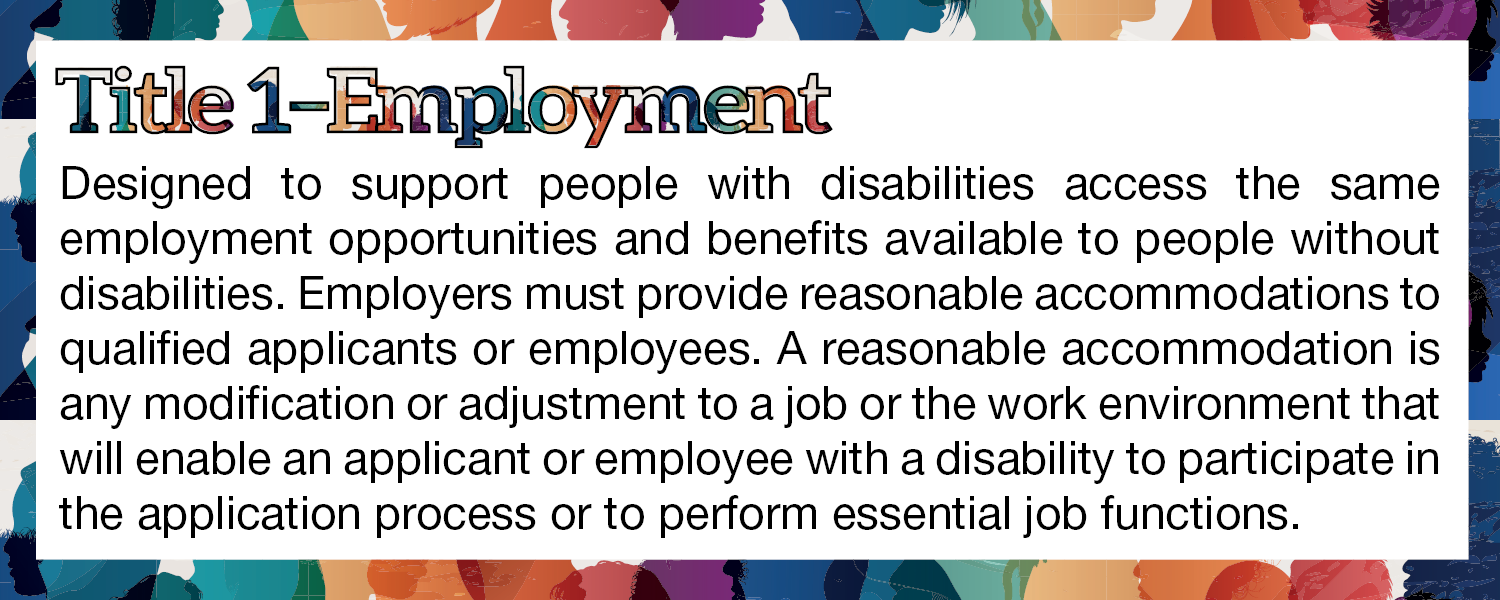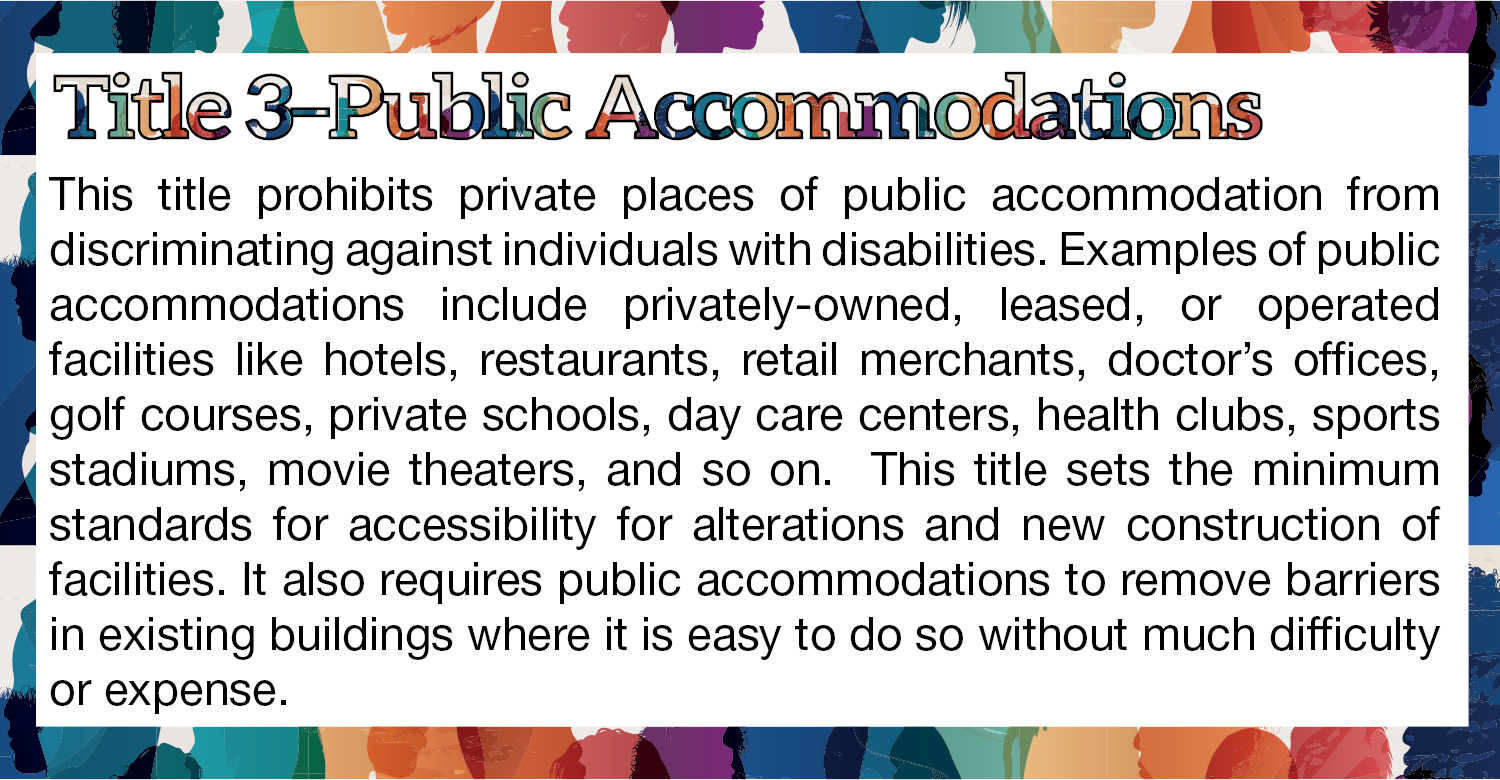JULY 26 DISABILITY INDEPENDENCE DAY
July 26, 2023
Presented by WET’s Diversity & Inclusion Education Committee
Today we celebrate Disability Independence Day which marks the 32nd anniversary of the Americans with Disabilities Act (ADA) being signed into law. Although the act was signed into law on July 26, 1990, the battle for equal rights goes back much further in time. The ADA is a civil rights law that prohibits discrimination of individuals with disabilities in all areas of public life including jobs, schools, transportation, and all public and private places that are open to the public. In general, the term disability is used to describe any condition that makes it more difficult for a person to do certain activities or effectively interact with the world around them. Often, people with disabilities are unnecessarily isolated and excluded from full participation in society. As many within WET already know, in many instances design standards are governed, or at least influenced by compliance with the ADA. In addition to the visible disabilities, the ADA gives civil rights protections to individuals with invisible disabilities, such as debilitating pain, cognitive dysfunctions, brain injuries, learning differences, mental health disorders, as well as hearing and vision impairments. These invisible disabilities are not always obvious to onlookers but can affect daily activities.
Reasonable Accommodations
Per the ADA, reasonable accommodations are modifications or adjustments of a job task relative to the way that tasks are typically completed. There are no specific policies or procedures that employers must follow when trying to accommodate an employee with a disability. Reasonable accommodation does not include removing essential job functions, creating new jobs, and providing personal need items such as eyeglasses and mobility aids. Examples of reasonable accommodations may include:
- Physical Changes
- Installing a ramp or modifying a rest room
- Modifying the layout of a restroom
- Accessible and Assistive Technologies
- Ensuring computer software is accessible
- Providing screen reader software
- Using videophones to facilitate communications
- Accessible communications
- Providing sign language interpreters
- Providing materials in braille or large print
- Policy enhancements
- Modifying a policy to allow a service animal in a business setting
- Adjusting work schedules so employees can go to medical appointments and complete their work at alternate times
- Adopting teleworking/remote working policies that allow for increased flexibility.
- Providing written instructions










